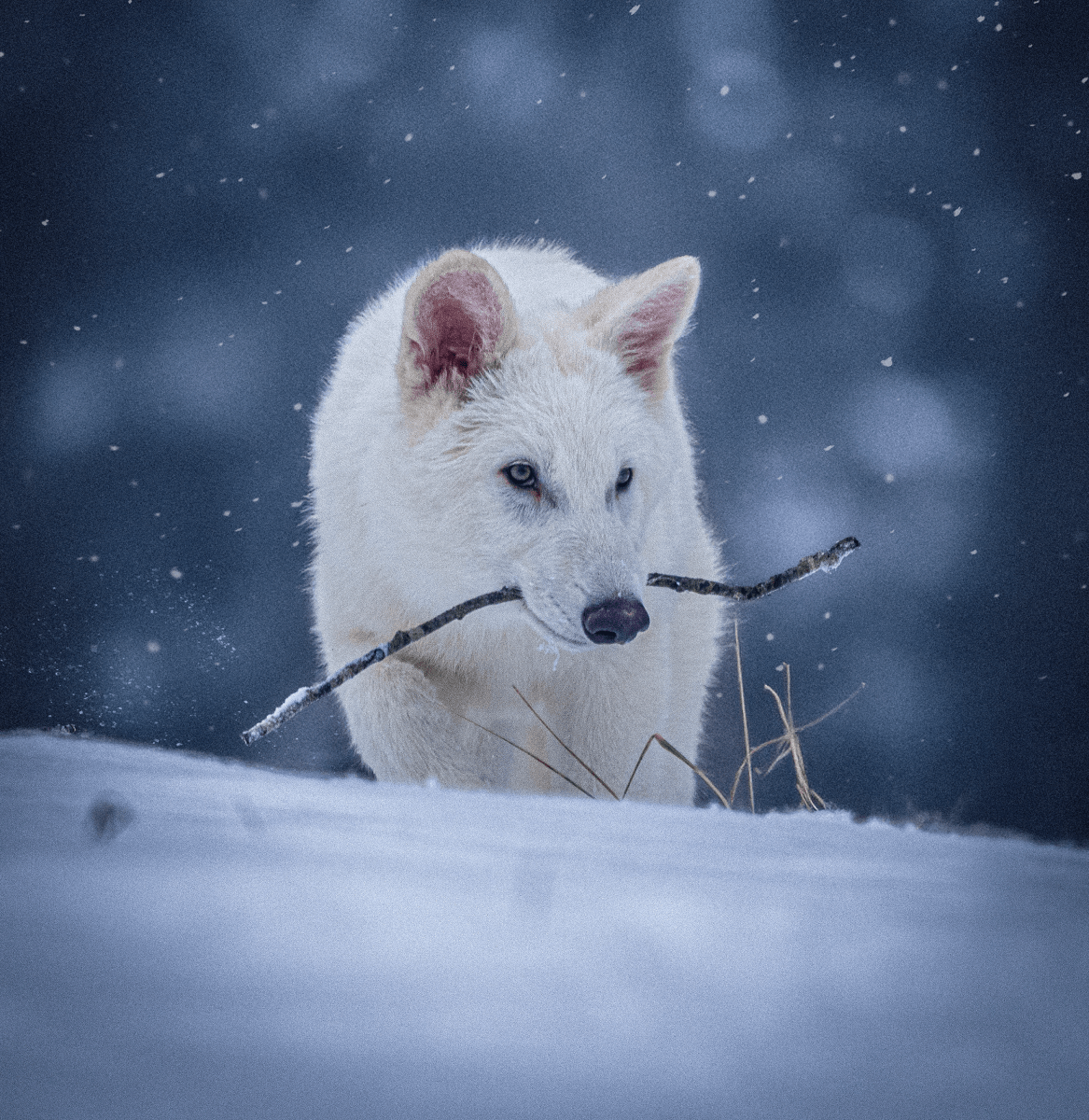Is Colossal Biosciences’ $10B Valuation Justified by Its Groundbreaking Dire Wolf Creation?
Colossal Biosciences, a pioneering de-extinction startup, made headlines on Monday by unveiling its most ambitious project yet: the revival of the dire wolf, a species that has been extinct for over 12,000 years and gained fame through the popular HBO series, “Game of Thrones.”
Behind the Scenes of Colossal Biosciences’ Dire Wolf Project
Located on a secure 2,000-acre preserve in the northern United States, the dire wolves are under tight security. Journalists, including those from TechCrunch, were invited to witness these remarkable creatures, although access to the compound itself was restricted. Instead, we visited another undisclosed location to catch a glimpse of these extraordinary animals.
Meet the Dire Wolf Pups
During our visit, we encountered two six-month-old male dire wolves named Remus and Romulus, each weighing approximately 80 pounds. To the untrained eye, they resembled large wild dogs with elongated skulls and muzzles. Alongside them, a female pup named Khaleesi, just two months old, completes the company’s engineered dire wolf pack.
The Science Behind the Revival
Colossal’s dire wolves are the result of an extensive 18-month project utilizing genes extracted from fossils, including a 13,000-year-old tooth and a 72,000-year-old skull. This process aligns with their mission to revive extinct species.
Funding and Future Plans
Earlier this year, Colossal raised funds at a valuation of $10.2 billion, with co-founder and CEO Ben Lamm expressing confidence that the company is undervalued considering its scientific advancements. Despite skepticism surrounding the company’s ambitious projects, including the woolly mammoth and Tasmanian tiger, significant breakthroughs have been made, including the creation of a mouse with mammoth-like fur.
Technical Innovations and Genetic Editing
The researchers at Colossal compared ancient DNA from dire wolves with that of gray wolves, discovering a 99.5% genetic similarity. They employed CRISPR technology to modify gray wolf cells by introducing 20 specific genes responsible for the dire wolf’s distinctive appearance. These modified cells were then implanted into a domestic dog, which subsequently gave birth to the dire wolf pups.
Scientific Controversy and Skepticism
While Colossal claims this to be the first successful revival of an extinct species, many scientists remain skeptical. David Gold, a paleobiology professor at UC Davis, stated, “This is an impressive feat of genome editing, but it doesn’t qualify as true de-extinction.” Similarly, Alexander Young from UCLA described the dire wolves as genetically modified gray wolves rather than authentic dire wolves.
Ethics and Conservation Efforts
Colossal’s decision to avoid using all recovered dire wolf genes stems from ethical concerns regarding potential health issues such as deafness and blindness. Lamm noted that the company aims to pair its de-extinction projects with conservation initiatives, particularly focusing on the critically endangered red wolf.
The Vision for Red Wolves
Colossal’s interest in dire wolves emerged unexpectedly when discussions about conservation led them to the plight of red wolves in North Carolina, where fewer than 12 individuals remain. Collaborating with indigenous groups and engaging with cultural narratives has shaped their conservation strategy.

Future Prospects and Business Model
Colossal plans to create additional dire wolves to establish a sustainable pack. Furthermore, they aim to engage with indigenous communities about potential rewilding efforts. As for the business aspect, Lamm has outlined several revenue opportunities, including:
- Spinning off new companies focused on their artificial womb technology.
- Potentially charging governments for endangered species conservation efforts.
- Generating revenue through biodiversity credits if they succeed in reintroducing species into their ecosystems.
As Colossal Biosciences continues its groundbreaking work, the scientific community and the public remain intrigued by the implications of their endeavors. Whether this venture will redefine the boundaries of conservation and de-extinction remains to be seen.







